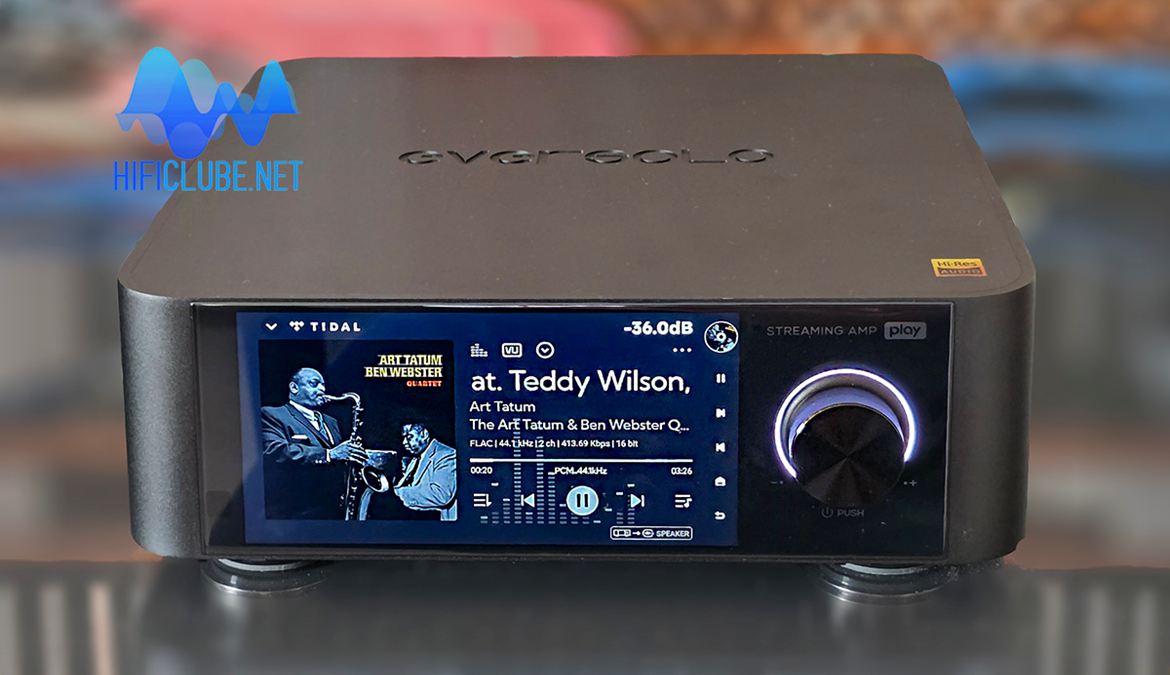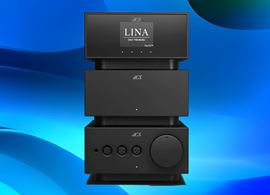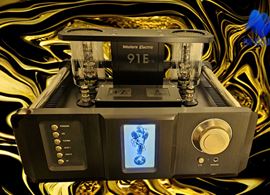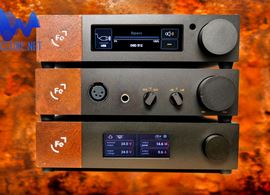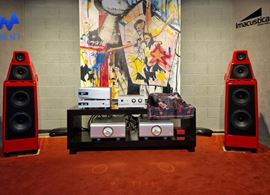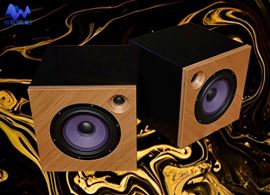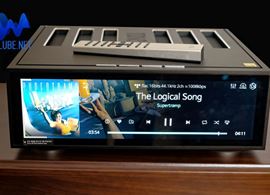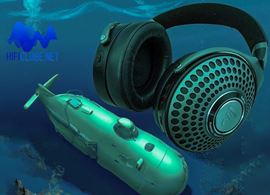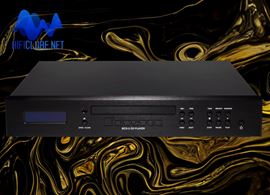Eversolo Play – I Wish I Knew
I chose this title after hearing the baby Eversolo Play performing Wes Montgomery's ‘I Wish I Knew’ from the album ‘Play For Love’ like an adult.
Many readers will share the same feeling when they hear the Eversolo Play, which costs only €699, having unwisely spent twice as much on any other popular ‘Streaming Amplifier.’
Indeed, the saxophone is arguably one of the easiest instruments to reproduce accurately, the mid-range being its natural habitat, whereas tonal issues usually occur at the extremes of frequency. Nevertheless, the quality of what I was hearing left no doubt: the Play sounds great for the price!
I could have also tuned the sound to my liking, as it offers a 15-band graphic equalizer and a 10-band parametric equalizer (and automatic room correction); however, I did not find it necessary.
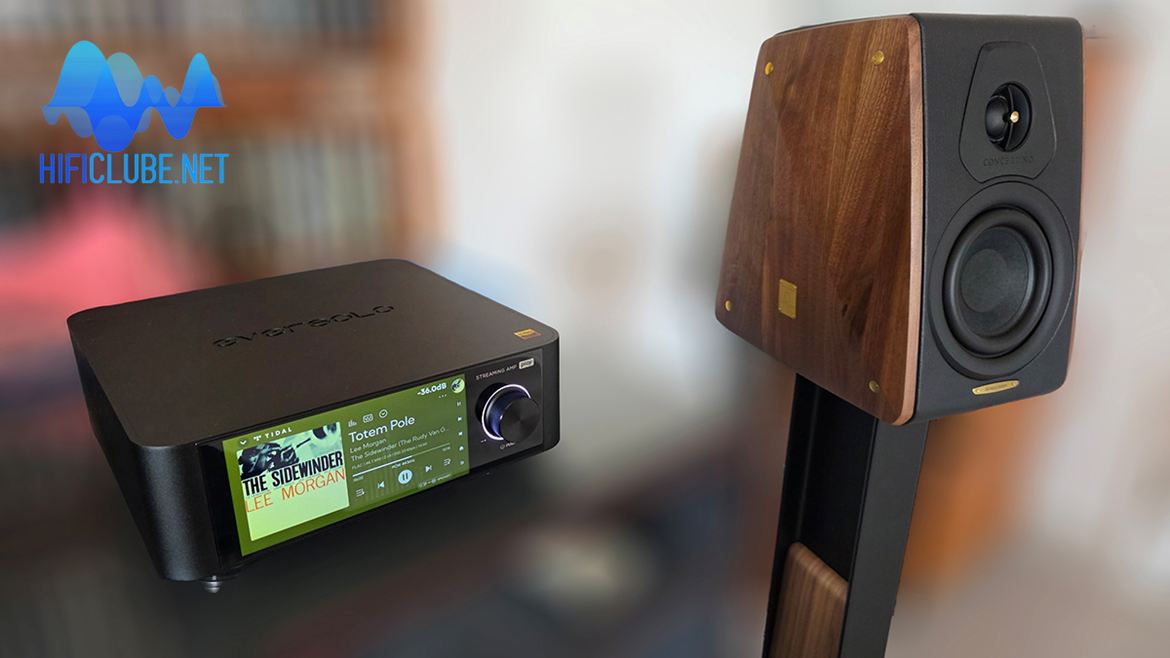
Eversolo Play and Sonus faber Concertino G4
I connected the Play to a pair of similarly small but exquisite Sonus faber Concertino G4 speakers, then to an Ethernet connection. However, I could have also connected via Wi-Fi and Bluetooth. And finally to the mains.
Just by following this plug-and-play routine, I had millions of tracks instantly at my fingertips, with easy searching via the touchscreen (though it could be more responsive to touch) or based on the ‘Play At Will’ function algorithm. The selection was initially too hip-hop for my taste, as I prefer classical, jazz, and folk, but it quickly learnt what I wanted to listen to.
Sorry, I got carried away. Let's start at the beginning.
The Eversolo Play is an all-in-one device that combines a streamer, DAC, and Class D amplifier. Priced at £699 for the standard edition and £799 for the CD Edition, which includes an integrated CD player, it was launched at High End 2025 in Munich. We reported on it after I predicted in 2024 that Eversolo's next streamer would feature an integrated amplifier. Here it is!
It runs on an improved version of the Android operating system, supporting high-resolution streaming, including Apple Music and other protocols such as UPnP, Tidal Connect, Spotify Connect, Qobuz Connect and Roon Ready (fully certified).
The DAC utilises the AKM AK4493 DAC chip, featuring a resolution of up to 768 kHz PCM and native DSD 512, with a signal-to-noise ratio of ≥109 dB and an ultra-low total harmonic distortion (THD) of 0.0037%. The amplifier produces 60W per channel over 8 ohms and 110 W over 4 ohms. Connections include coaxial, Toslink, and USB for storage, HDMI ARC, and Phono input (MM and MC), with outputs for a subwoofer. Note: It doesn't sound as powerful as the figures suggest. It needs some encouragement (keep turning the volume knob) to come to life.

Eversolo Play back panel
There is no preamp output, which is unfortunate, as I wanted to connect it to my Lab 12 Mighty tube amplifier to experiment with blending old and new technologies. However, this omission shows Eversolo’s confidence in the performance of the integrated Class D amplifier. Rightly so, as it sounds like a good Class A/B analog amplifier.
The Eversolo Play case is crafted from a single piece of aluminum, with pleats at the base that act as heat sinks. It becomes warm to the touch after some use, despite the amplifier's Class D design.
On the outside, it resembles the new Wiim Amp Ultra and the Bluesound Icon design; the latter, however, does not include integrated amplification and is more expensive (around £1,000). We will soon review the Icon to understand how it justifies its price.
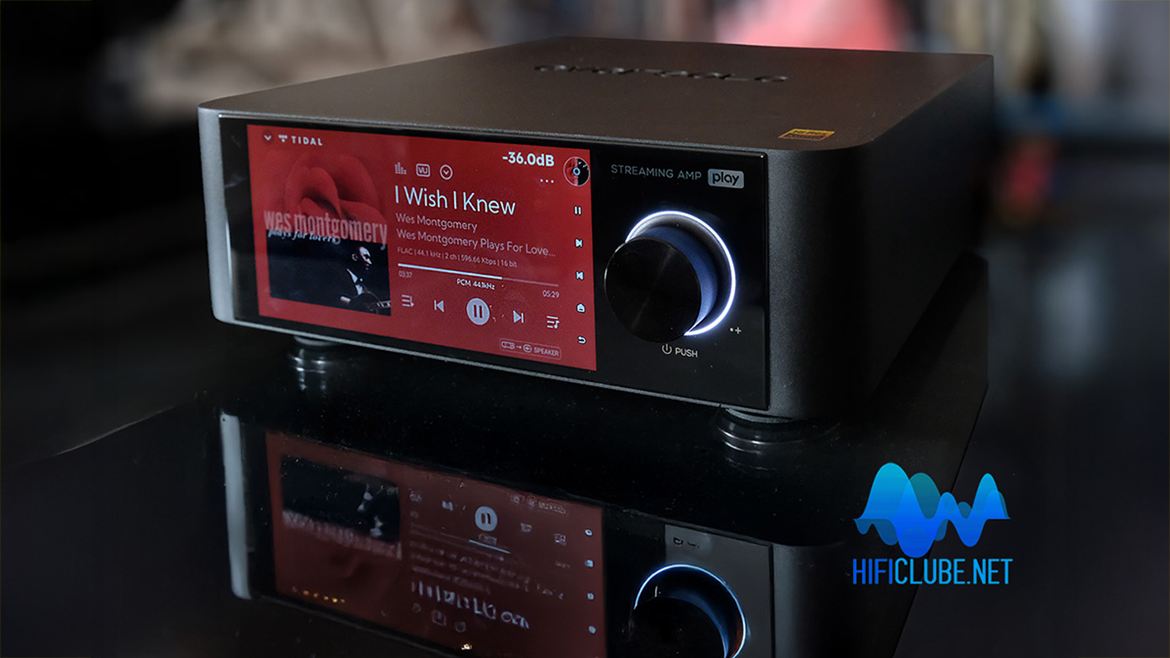
A huge 5.5 inch touchscreen is the window to the Play's heart.
Smooth Operator
The Play seems to have been adjusted to address preconceived perceptions of the analytical and cold sound associated with Class D amplifiers. Its sound is warm and smooth, lacking sharp edges; at times, it may even sound overly polite, aiming to be consistently pleasant across various music genres. Nonetheless, the instrumental separation remains wide, and the soundstage is extensive, offering excellent depth reproduction.
Take Dire Straits' “Money For Nothing”, for example, with the drums making a remarkable impact and well-defined and controlled bass, but with the guitar riffs sounding polished rather than sharp.
In Christian McBride's “Night Train”, the plucking and bowing are reproduced with the right amount of tension but somewhat softened in the details, rather than sounding bare and raw. The same ‘roundness’ is also applied to the brass, trading glittering for tonal richness. At the same time, the orchestra still sounds tight, dynamic, and engaging, and the overall performance remains cohesive and lively.
This makes listening a more relaxing than stimulating exercise, inviting uninterrupted music sessions, which, alas, cannot be prolonged into the night because there is no headphone output. The Wiim AMP Ultra offers a headphone output, while the Icon boasts two outputs – one on each side!
Of course, you can always tune the sound to your liking using the EQ functions. However, it is up to me to analyse it in flat mode. Subsequently, the choice is yours.
The Eversolo Play user interface, both on the device and via the app, is intuitive, with the touchscreen providing quick access to functions and the app enhancing control through a global search that swiftly retrieves information from online sources.
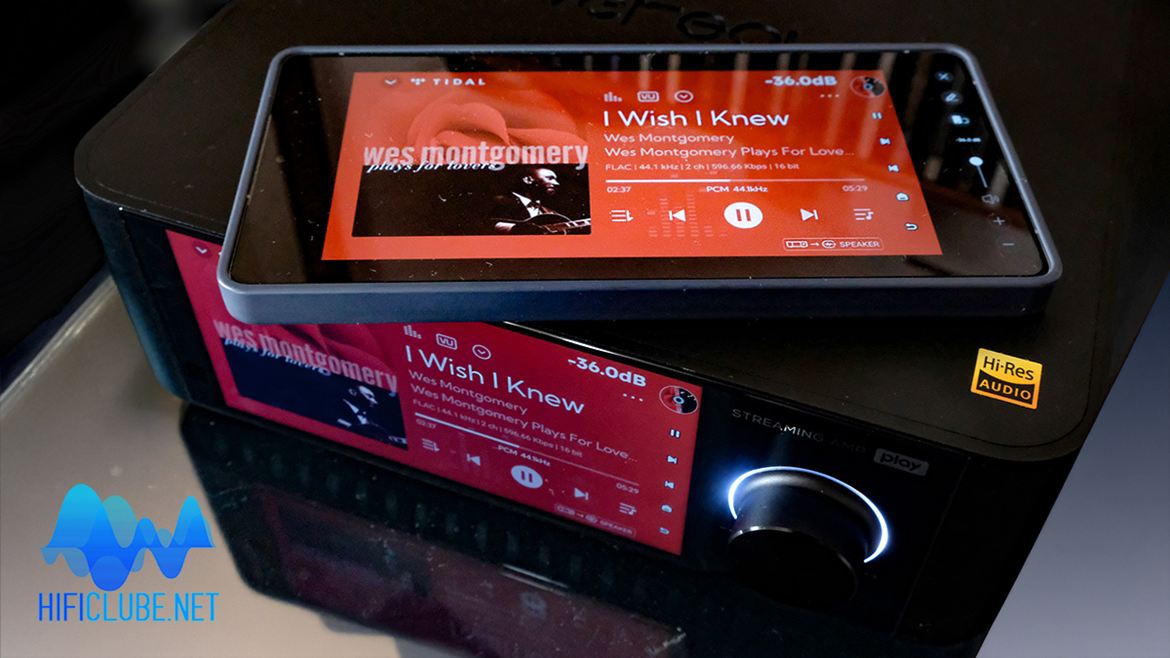
The ease of use, combined with a comprehensive set of features, makes Play an irresistible choice for those seeking a simple, affordable, and effective sound system or as a secondary system in the bedroom or office.
Therefore, it's no surprise that there are so many reviews of the Play on YouTube. Young prospective buyers will almost certainly prefer to watch rather than read about its many features, as they were born holding a smartphone in their hands. That’s why this review is so brief and lacking in audiophile jargon and technical details. Just switch on and navigate through all the features with your thumb.
Multiple functions at your fingertips (or thumb)
The Play justifies its €699 price and offers even more value than its competitors, positioning it as a top contender for the best affordable amplifier/streamer/DAC of 2025.
As an all-in-one solution, the Eversolo Play is dangerously close to affordable perfection, as achieving absolute perfection would make my role as an analyst redundant. Nonetheless, it is genuinely good, at least in terms of value for money.
The Play delivers everything it promises at a very fair price in a market where the law of diminishing returns applies, and the high cost of a product often does not justify the alleged improvement in quality.
The Play justifies its €699 price and offers even more value than its competitors, positioning it as a top contender for the best affordable amplifier/streamer/DAC of 2025.
Note: The unit under test was sent to Hificlube by Eversolo through Delaudio. Hificlube thanks them for their support and collaboration.
For further information, please contact DELAUDIO, or your local dealer.




